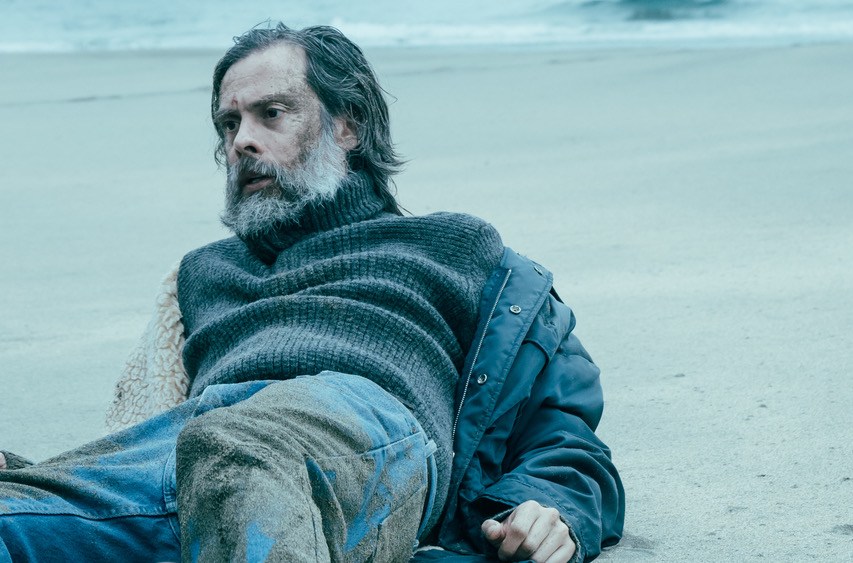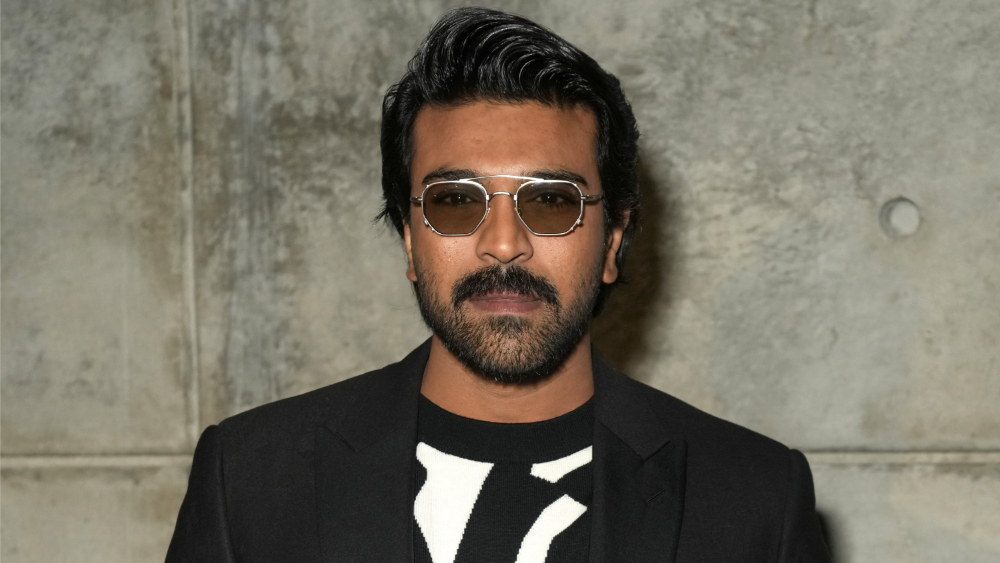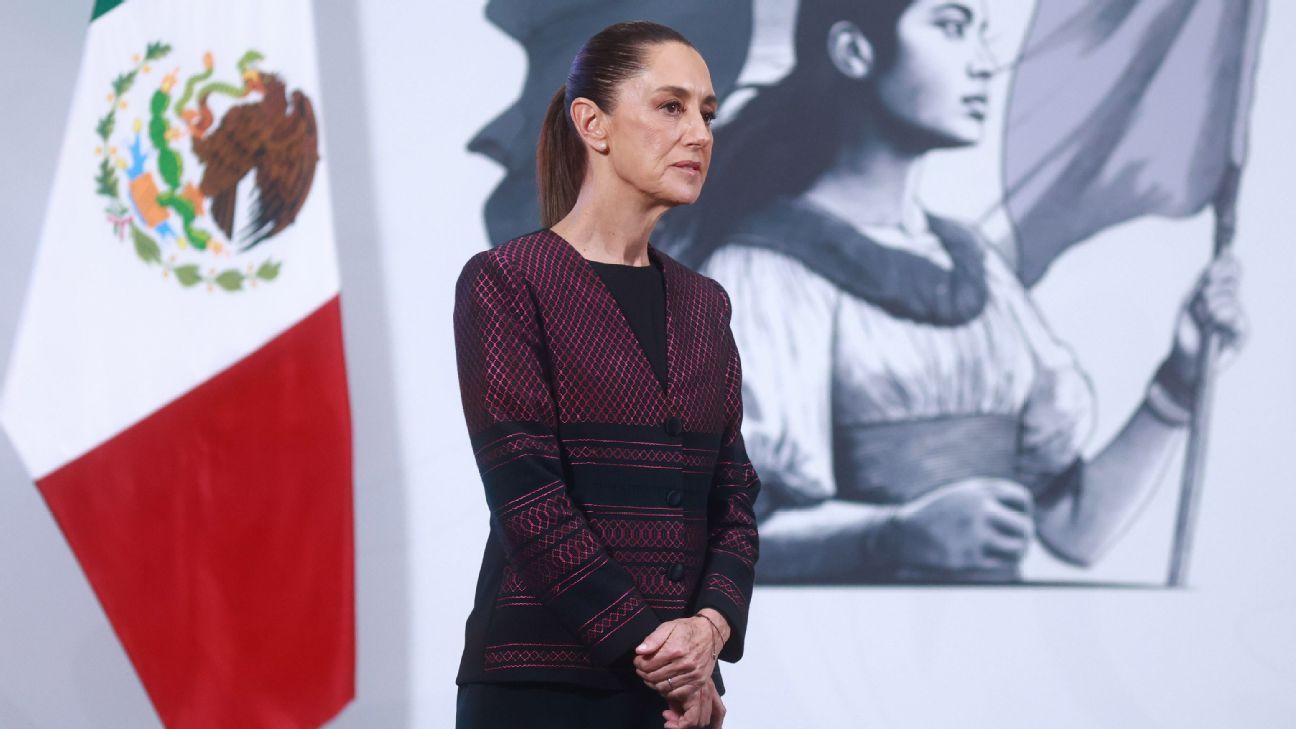President Donald Trump must return California’s governor control over National Guard troops his administration deployed to Los Angeles to assist in immigration enforcement and controlling unrest, a federal judge said in a temporary restraining order Thursday.
U.S. District Judge Charles Breyer said Trump overstepped his bounds in ordering the deployment of roughly 4,000 National Guard members to L.A. after protests erupted over the immigration crackdown. The order, which takes effect at noon Friday, applies only to the National Guard troops and not Marines who were also deployed to the city.
“Today was really about a test of democracy, and today we passed the test,” Gov. Gavin Newsom, who had asked the judge for an emergency stop to troops helping carry out immigration raids, said in a news conference after the decision.
The deployment of the Guard was illegal and both violated the Tenth Amendment and exceeded Trump’s statutory authority, Breyer said.
The White House had no immediate comment on the ruling, but the federal government immediately filed an appeal with the Ninth Circuit court. The Trump administration called the lawsuit a “crass political stunt endangering American lives” in its official response Wednesday.
Newsom’s case was solely focused on the National Guard, and the judge said when the state attorney asked about whether this could apply to the Marines that he would not rule on that because they were not on the streets yet.
About 700 Marines have been undergoing civil disturbance training at Naval Weapons Station Seal Beach in Orange County, California. Nicholas Green, an attorney for the state, told the court: “I have been told by the office of the governor that within the next 24 hours, 140 Marines will replace and relieve National Guard members in Los Angeles.”
Typically the authority to call up the National Guard lies with governors, but there are limited circumstances under which the president can deploy those troops. Trump federalized members of the California National Guard under an authority known as Title 10.
Title 10 allows the president to call the National Guard into federal service under certain limited circumstances, such as when the country “is invaded,” when “there is a rebellion or danger of a rebellion against the authority of the Government,” or when the president is unable “to execute the laws of the United States.”
Breyer said in his ruling that what is happening in Los Angeles does not meet the definition of a rebellion.
“The protests in Los Angeles fall far short of ‘rebellion,’” he wrote.
It was not immediately clear how that would change the situation on the ground.
Newsom sued to block the Guard’s deployment against his wishes. California later filed an emergency motion asking the judge to block the Guard from assisting with immigration raids.
The governor argued that the troops were originally deployed to protect federal buildings and wanted the court to block the troops from helping protect immigration agents during the raids, saying that involving the Guard would only escalate tensions and promote civil unrest.
Maj. Gen. Scott Sherman, commander of Task Force 51, which is overseeing the Guard troops and Marines sent to Los Angeles, said that as of Wednesday about 500 of the Guard troops had been trained to accompany agents on immigration operations. Photos of Guard soldiers providing security for the agents have already been circulated by immigration officials.
None of the Marines have been trained to go on immigration raids, and it is not yet clear if they eventually will, Sherman said.
In his broad ruling, the judge determined Trump had not properly called the Guard up in the first place.
The lawsuit argued that Title 10 also requires that the president go through governors when issuing orders to the National Guard.
Brett Shumate, an attorney for the federal government, said Trump complied with the statute by informing the general in charge of the troops of his decision and would have the authority to call in the Guard even if he had not.
In a brief filed ahead of the Thursday hearing, the Justice Department said Trump’s orders were not subject to judicial review.
“Courts did not interfere when President Eisenhower deployed the military to protect school desegregation. Courts did not interfere when President Nixon deployed the military to deliver the mail in the midst of a postal strike. And courts should not interfere here either,” the department said.
“Our position is this is not subject to judicial review,” Shumate told the judge.
Breyer, who at one point waved a copy of the constitution, said he disagreed.
“We’re talking about the president exercising his authority, and the president is of course limited in that authority. That’s the difference between a constitutional government and King George,” he said.
The protests over immigration raids in Los Angeles intensified after Trump called up the Guard and have since spread to other cities, including Boston, Chicago and Seattle.
Trump has described Los Angeles in dire terms that Bass and Newsom say are nowhere close to the truth.
The Marines have not yet been spotted in Los Angeles, and Guard troops have had limited engagement with protesters.















Leave a Reply